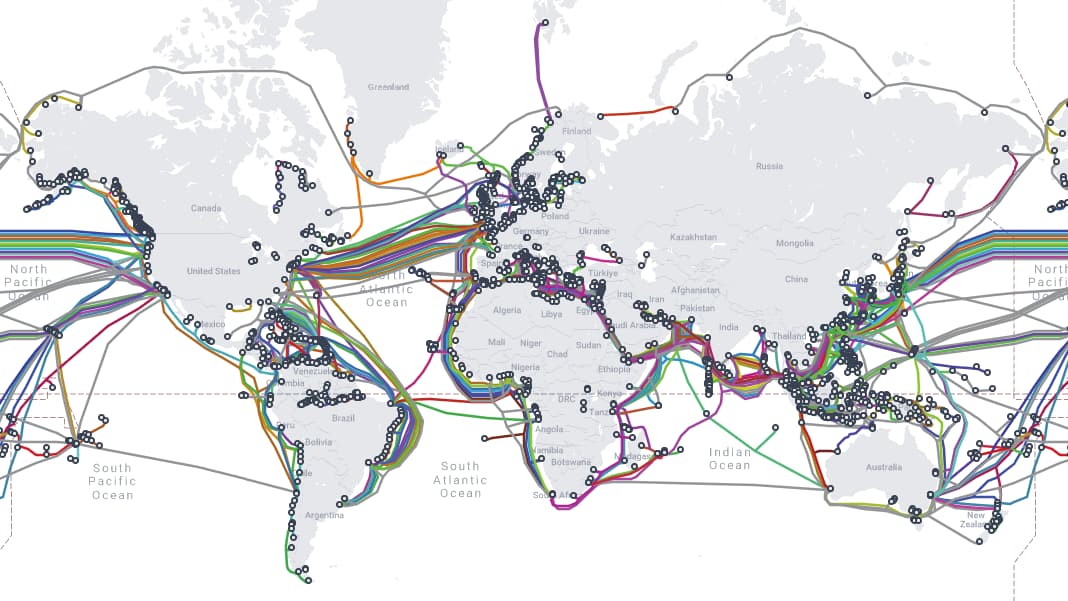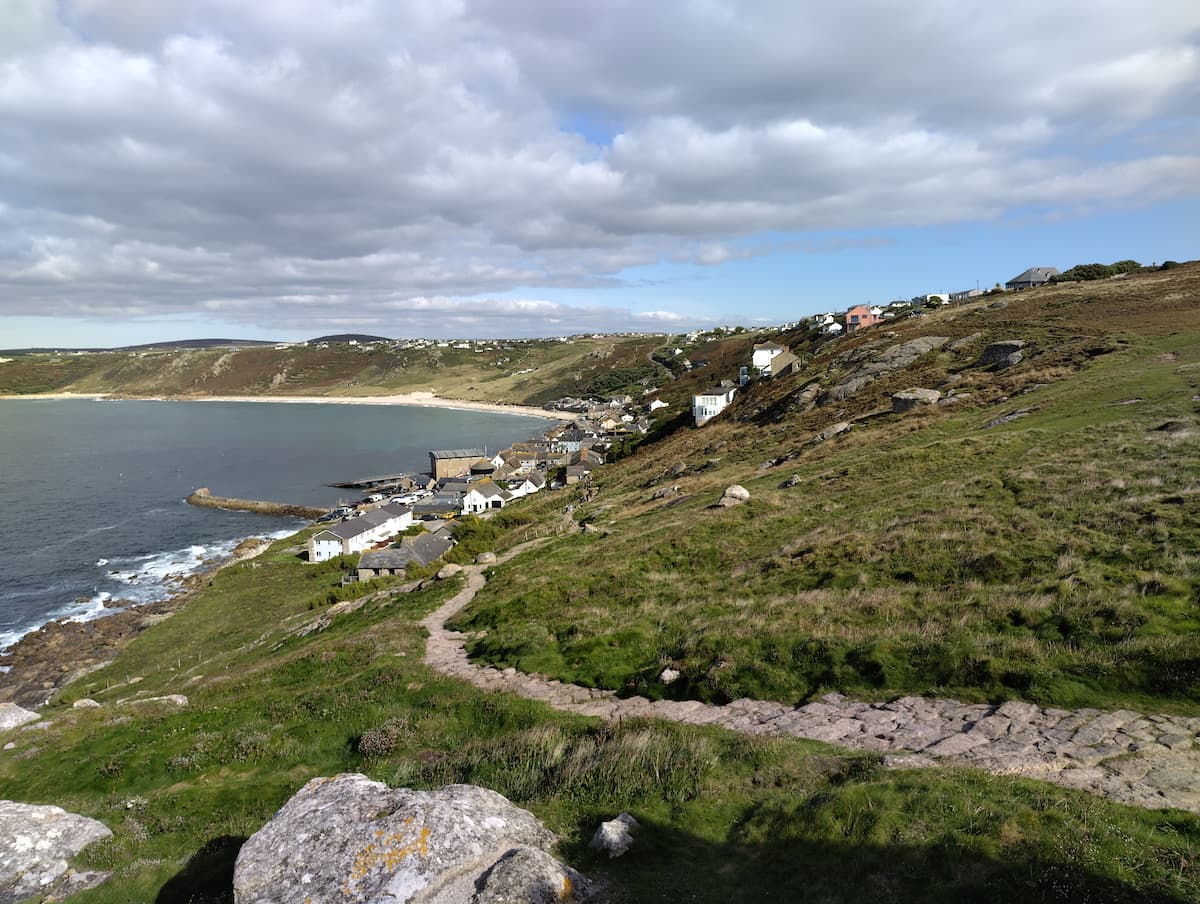The internet is a series of cables encircling the world
Sometimes, I get to tell someone who didn’t know that the internet depends critically on vast networks of subsea cables which connect all the earth’s continents.
https://www.submarinecablemap.com/

This usually happens with people who don’t work in tech, but even those who are professional web developers learn this at some point. People are usually surprised, as if they had thought about it, the idea that the internet happens “in the cloud” often leads them to the impression that most of the internet’s communication happens “through the air” like radio.
I myself was surprised, when I looked into it, that we’ve been doing this since the 1850s:
https://en.wikipedia.org/wiki/Submarine_communications_cable#First_commercial_cables
Recently, I’ve started following an industry blog which tracks developments in subsea cables. This short recent post stood out to me as a very neat example that demonstrates how the internet gets built. Here’s most of this very short post, and one of the maps:
Microsoft has applied for several maritime usage licenses to do ship surveys of proposed routes for new subsea cables connecting Ireland to the UK. Its SOBR2 cable will connect Ireland to Wales as opposed to the usual Cornwall landings. It will apparently land at Malahide Beach and/or Portmarnock on the Irish side.
It is not clear to me whether the intent is to branch the cable or whether there are two landing options. Details are sparse on the cable itself. My educated guess would be a 96 pair unrepeatered cable because it minimizes capex and maximizes bandwidth punch with such systems easily handling a couple petabits per second.
The site survey will focus on the top three meters of the sea floor. It will take samples to ascertain the texture and composition of material with an eye towards a deep burial of the cable itself. The samples will help determine not only burial depth but also how well armoured the cable will be. The Irish Sea is notorious for fibre cuts due to fishing. The Sea is heavily trafficked.
https://subseacables.blogspot.com/2025/01/microsoft-planning-its-first-irish-sea.html

This terse summary refers to so many things we don’t usually consider when we wonder how our internet traffic gets to servers in America or Europe:
- Maritime usage licenses from the nations which govern waters the cable will be laid in
- Surveying routes and the geology of the sea floor
- Choosing places for the cable to “land” at each end (the impact assessment contains a wealth more detail)
- Technical details of the cable construction (including whether it needs to be armored against fishing vessels!)
Last year, I was lucky enough to visit Cornwall. I learned that some of the earliest transantlantic cables landed there - being, of course, one of the westernmost points of the English isles.
https://en.wikipedia.org/wiki/PK_Porthcurno

This is behind the reference in the post above to the “usual Cornwall landings”.
My work in tech doesn’t usually need me to care about infrastructural details like this. But I really enjoy knowing a bit about how the world around me fits together, what it is made of.
The title of this post is a reference to “the internet is a series of tubes”.